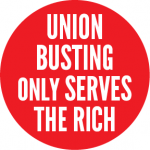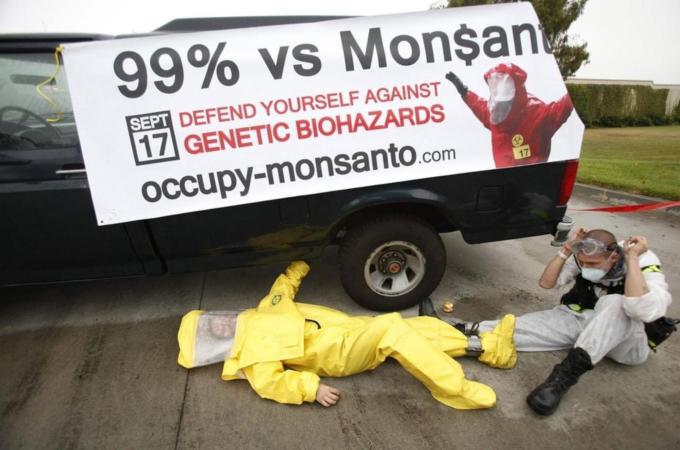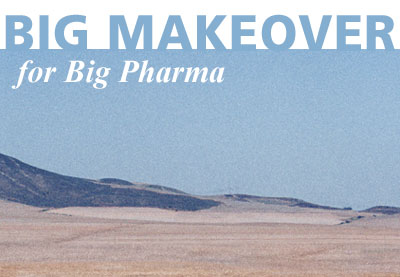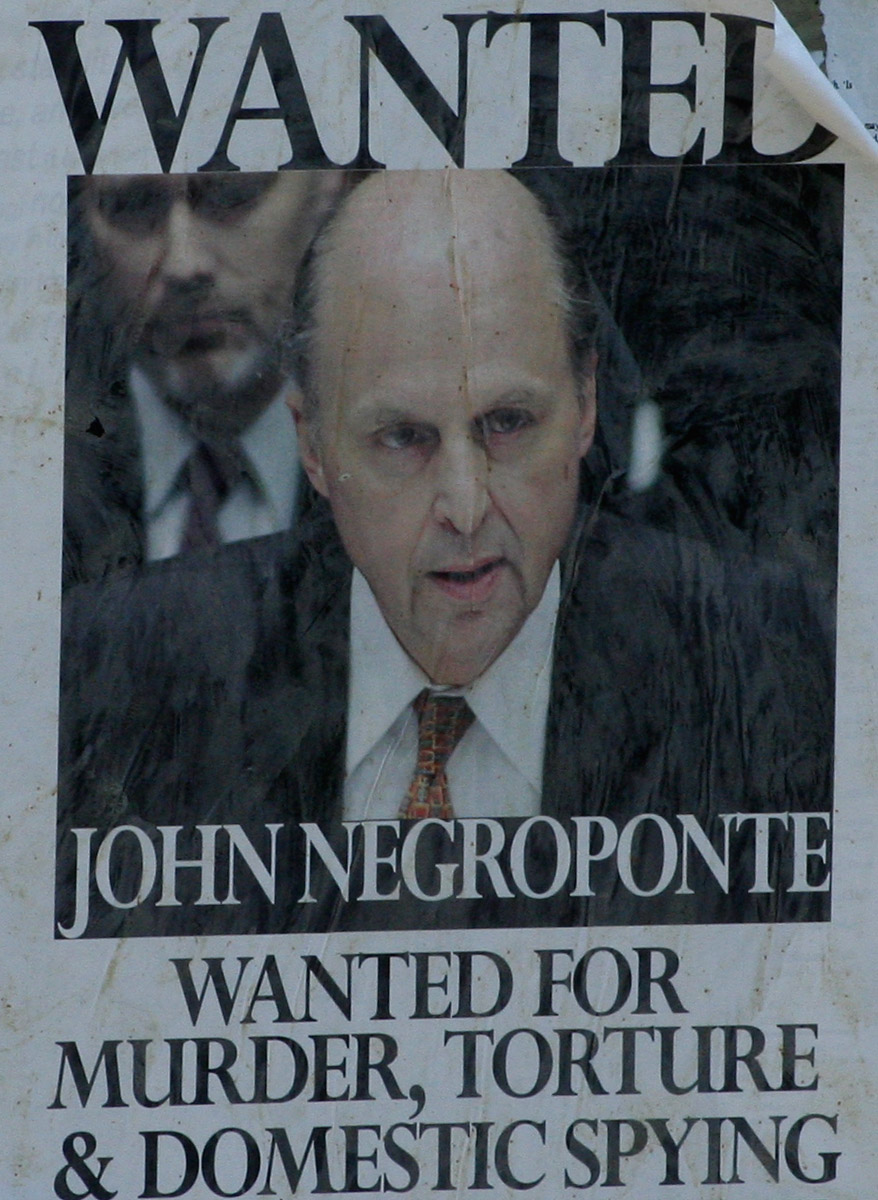Alex Constantine - June 8, 2013
" ... Walt Disney, an anti-communist collaborator with Sen. Joe McCarthy's witch hunts of the 1950s, was also a documented member of the American Nazi Party. ... Nazism appealed to Disney because 'he shared its conceit of white supremacy, its antagonism towards independent organized labor, its abhorrence of urbanism, and, above all, its hatred of Jews.' ... "
 I grew up in Orlando. In middle school, visiting Disney was considered a "field trip," much to the chagrin of my former central Illinois classmates. When you live only 40 minutes from most people's summer tourist destination, it's easy to get burned out on Disney – and amusement parks in general – very quickly, even with the Florida resident discounted ticket price.
I grew up in Orlando. In middle school, visiting Disney was considered a "field trip," much to the chagrin of my former central Illinois classmates. When you live only 40 minutes from most people's summer tourist destination, it's easy to get burned out on Disney – and amusement parks in general – very quickly, even with the Florida resident discounted ticket price.
If you go to Disney one time too many, you start noticing little things here and there that the average tourist doesn't pick up. Add that extra scrutiny to the politics of a labor and anti-war activist turned loose in the "Happiest Place on Earth," and you end up with an over-politicized critical analysis of Walt Disney World. Call it, "the Political Economy of Mickey Mouse."
That's exactly what happened when I visited the Epcot Center this past weekend with my girlfriend and her family. Before I go any further, I just want to say we had a delightful day of riding rides, seeing shows, and buying grossly overpriced food and drinks. When criticizing Disney in general, most people react by questioning all but your very humanity with the indignant question, "But did you have fun?" Let the record show, I had a lot of fun.
I mostly blame film critic Matt Roth's ground-breaking essay, "The Lion King: A Short History of Disney Fascism," for opening this can-of-worms. Roth argues that Disney films are a unique cultural means of teaching capitalist, racist, sexist, homophobic, and generally oppressive ideas and lessons to kids, originating from none other than the man himself. Walt Disney, an anti-communist collaborator with Sen. Joe McCarthy's witch-hunts of the 1950s, was also a documented member of the American Nazi Party. Rising to prominence in 1930s Hollywood, "where Mein Kampf sold like hotcakes at corner newsstands," Roth convincingly argues that Nazism appealed to Disney because "he shared its conceit of white supremacy, its antagonism towards independent organized labor, its abhorrence of urbanism, and, above all, its hatred of Jews."
Roth's blistering analysis of the fascist ideology underwriting Disney films inspired me to take a closer look at the theme parks inspired by Uncle Walt's own demented worldview. Why is it important? All four of the Disney parks in Orlando – the Magic Kingdom, Epcot, Hollywood Studios, and Animal Kingdom – are ranked in the top 10 most visited theme parks in the world, with the Magic Kingdom capturing the top spot. Every day, tens of thousands of families from around the world pack into these fanciful enclaves of cartoons, pop culture, and attractions – sometimes for weeks at a time. Millions of people have fun at these bright, colorful attractions, but just a glance below the cheery façade reveals a whole sinister ideology made consumable by cute characters and thrill rides.
Consider Epcot. Half world of tomorrow where everything is owned by corporations, including your Imagination!™ brought to you by Kodak (Future World); Half colonial empire where certain nationalities get representation, but only for kitsch and cuisine value by the park (World Showcase).
The first thing that strikes you when you walk into Epcot is that almost every attraction, ride, pavilion, and station is owned or sponsored by some outside corporation – Everything, including every World Showcase pavilion except Morocco, which is financed by the kingdom of Mohammad VI. No surprises there when we're talking about Disney, whose films have spent the better part of 80 years apologizing for monarchy and making authoritarian rule palatable.
I'm not the first person to notice that a solid majority of the World Showcase pavilions are Western European or North American nations. The only African representation on the scene is Morocco, a North African, predominantly Arab country with the closest proximity to Western Europe. In other words, there are no predominantly black nations represented. Disney received so much backlash over this that they installed an "African-themed refreshment shop" (their words) called The Outpost, which is a collection of plastic and concrete huts ironically sandwiched between China and Germany. Somewhere Edward Said is shaking his head in disgust.
As a matter of socialist history, technically two socialist countries were represented in the original World Showcase when it opened in 1982. China, surprisingly, was the first country to agree to a pavilion, having recently thawed relations with the West under Nixon. The second was Germany, which in 1982 included the East and the West, even though Disney made no attempts to engage the German Democratic Republic in the process. Originally the Soviet Union wanted representation at the Showcase, but Disney refused when the government demanded the inclusion of overt socialist references. The spectre of communism couldn't quite break through the spectre of the late Walt Disney's deeply entrenched anti-communism.
Speaking of China, Disney scrubbed their pavilion of all mention of the term "People's Republic," and the closest you can get to "leftist merchandise" are the small hand-flags sold at the cash register. I spotted a single lone purse with a red star on it, clearly a holdover from a better, less repressive time at Walt Disney World. The rest of the exhibit focuses solely on ancient China, which I suspect appeases the Taiwanese visitors who can't seem to give up the ghost. Of course like most other pavilions in the World Showcase, China's rich national history and culture is reduced to crude architectural stereotypes designed to sell merchandise and food.
Sometimes the over-bearing corporate dominance in Epcot reaches hilariously and disturbingly ironic proportions: Chiquita Banana hosts a boat ride (Living with the Land) about agricultural ethics, and social and environmental responsibility – values, it seems, they forgot to convey to their hired death squads in Colombia and Guatemala. Coca Cola hosts a pavilion called ‘Club Cool' with free samples of soft drinks from around the world – all bought out, of course, by the monopoly giant Coca Cola, including a ginger ale created in the former People's Republic of Mozambique. Even the USA pavilion is brought to you by Coca Cola and American Express – fitting, I suppose, that a financial credit corporation and a transnational soft drink giant in this case literally own the United States, where almost all available merchandise is "Made in Taiwan."
But it's the much-lauded IllumiNations firework show takes the cake at Epcot. The breathtaking spectacle – complete with a flowery phrases about global unity – ends with a glowing blue light on the World Showcase Lagoon that reads, "Brought to you by Siemens." Yes, at Uncle Walt's proto-type international community of tomorrow, even the fireworks are brought to you by a German corporation that relied on concentration camp labor under the Nazis. But it's just par for the course when we consider Disney the man.
If you think I'm taking it too far, consider Uncle Walt's original concept for Epcot (Experimental Prototype Community of Tomorrow) in his own words: Epcot, according to Disney, "will always be a showcase to the world for the ingenuity and imagination of American free enterprise." It was intended as "a planned, controlled community, a showcase for American industry," with "no slum areas because we won't let them develop." Disney was adamant that no one would own their homes, and "therefore no voting control." Above all else, every resident at Epcot must work as a cog in the machine of the corporation – "There will be no retirees; everyone must be employed." (1) Living in a radial city that expanded outward, residents would be subject to constant surveillance and could have their homes regularly entered without their consent by authorities. Epcot was Disney's utopia – a perfectly fascist city, free from unions, privacy, democracy, and social security. When you could no longer work, Epcot would discard you to keep the corporation efficient.
Walt died in 1966, and his less ideological executive counterparts recognized that few would voluntarily live in these fascist conditions. They opted for a theme park instead, but not without drawing serious inspiration from Walt's original vision. After buying up land in Central Florida for a song using shell companies, Disney set to work on establishing total legal control of the territory. In 1967, the Florida legislature created the Reedy Creek Improvement District (RCID), which effectively granted total governing authority of the area to the corporation. Disney the corporation has gone to tremendous lengths to maintain said control, even de-annexing its new urban city Celebration to avoid granting homeowners a voice in municipal affairs. It's a truly corporate town with legal rights that the US government doesn't even recognize for other countries. According to the terms of the RCID, Walt Disney World Orlando effectively has greater legal standing to pursue a nuclear program than sovereign states like the Islamic Republic of Iran or the Democratic People's Republic of Korea. I wish I were making it up.
My day-trip to Disney only brought me to Epcot, but it shocked me enough to consider the rest of the parks in a new light. The fascist tendencies of Walt Disney informed the creation of the Magic Kingdom and Epcot, and still play a role today. Are we really just waltzing through theme parks, or are we witnessing fun and fanciful scenes from Uncle Walt's own fascist dystopia?
The Magic Kingdom: a quasi-German volk community, by Disney's own admission, where fantastical beings and royalty regularly interact with every day peasants. Huge sprawling monuments of royalty and folklore, erected to inspire awe in the masses, dominate the skyline (Cinderella's Castle, Splash Mountain). The work day is scheduled around (and disrupted by) opulent parades thrown on the whims of Der Fuehrer, which the folk obediently attend and cheer at.
- Hollywood Studios: An over-saturated corporate media world where the line between movie stunts and real violence becomes blurry (Tower of Terror, Studio Backlot Tour, Indiana Jones Epic Stunt Spectacular!). Strange art with no meaning, other than the sheer spectacle for advertising purposes, adorns everything (The Sorcerer's Hat) and buildings are modeled after a bygone "golden age" of Hollywood – the same one that Uncle Walt came of age under (Sunset Boulevard, Hollywood Boulevard). And most of all, Der Fuehrer's media props up museums and hagiographies dedicated to his life, erasing every unsavory detail (Walt Disney: One Man's Dream).
And finally Animal Kingdom: The corporate answer to environmental devastation, which is to build a new, artificial "nature" that is safe for consumption but conveniently avoids impeding corporate development. With nothing left of the real environment, corporations create make-believe safaris (Kilimanjaro Safaris) and plastic white water rapids (Kali River Rapids) with fictional animals, like the Yeti, to compensate for the actual biodiversity they destroyed (Expedition Everest). Animals are protected by living in sprawling prisons that capture the aesthetic of their natural environment with none of the authenticity.
By now, the pro-Disney crowd is hysterical. "Why would you write this?! It's just a theme park! You're making everything political and taking everything too seriously!"
Let's turn the objections on their head: Why are you not taking it seriously that millions of people visit parks built and inspired by an out-and-out Nazi? How do you not make that political? And ultimately in a society dominated by corporations, which class interests are served by ignoring the history behind the status quo and continuing business-as-usual?
I would posit to you that nothing Walt Disney did in his entire life was apolitical. Behind the cartoons was a hidden story of strike-breaking against the Animators. Deep in the subtext of every film was a message of inequality, racism, and sexism. When Disney wasn't in the studios in the 1930s, he was off at American Nazi Party rallies.
Times have changed, but the fundamentals of the US haven't changed enough. Corporations still dominate the government and invade other countries. Racism still results in the systematic murder of Black and Latino youth, by police or vigilantes. Trade unions are still under attack, including the union employees at Disney World covered by UNITE HERE. Women still face vicious attacks on their basic rights. My experience at Epcot speaks to the point Roth makes at the end of his essay: Disney's "underlying fascism is not so much the product of a demonic individual. It simply reflects the 'American reality' — a reality whose ugliness is not hard to discern below the slick surface of bland music and cute, fuzzy animals." (2)
(1) "Walt Disney's Plan for Epcot," http://www.youtube.com/watch?v=u9M3pKsrcc8
(2) "The Lion King: A Short History of Disney Fascism," Matt Roth, Jump Cut, no. 40, March 1996, pp. 15-20, http://www.ejumpcut.org/archive/onlinessays/JC40folder/LionKing.html









